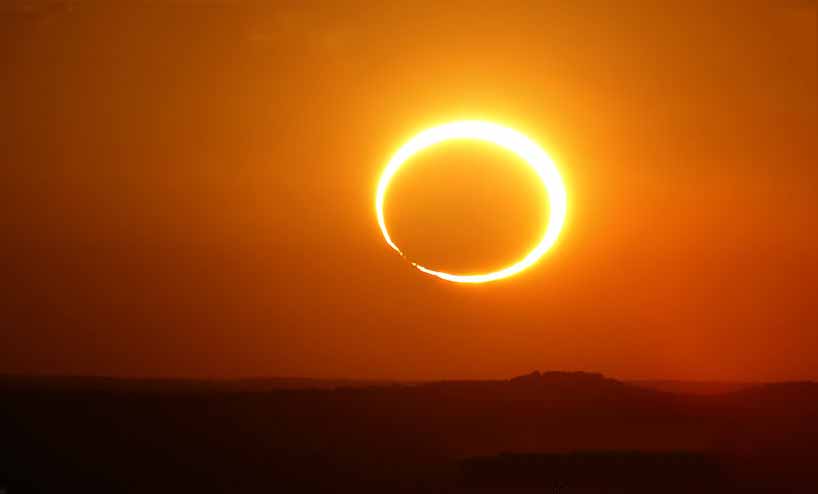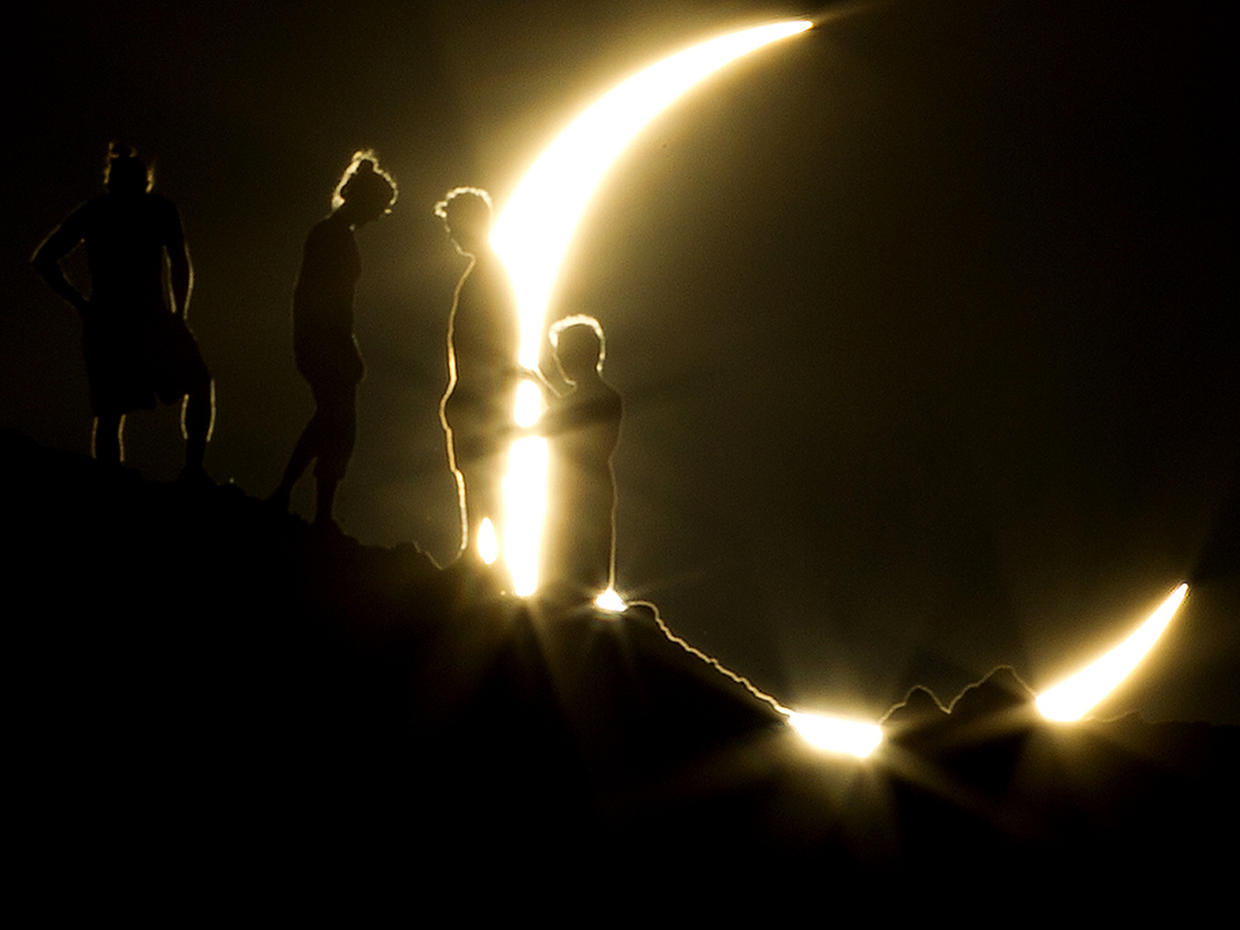

#Ring of fire eclipse iso
Set your camera to ISO 100 and keep the shutter speeds rapid about 1/1000 on f/5.6 to f/8, but experiment until you’re happy with your shot.

You’ll also need a solar or ND filter on that lens at all times. The bigger the lens, the better, though you can also crop to zoom later, so 300m is enough to work with. In terms of the gear you’ll need, reckon on a DSLR or mirrorless camera on a tripod and the longest lens you can get your hand on.

Another option is to use a dense ND filter rated 5.0 – that’s 16.5 Stops. You must use solar filters (which you can purchase) or fashion your own using solar film such as an A4 sheet of Baader Planetarium AstroSolar Film. Above all, do not look at the eclipse through your camera’s optical viewfinder. That including binoculars, telescopes and cameras. Image by Rhyhor Bruyeu Author tip: You must also never look at a partially eclipsed Sun directly through any optical equipment. Safety first: You must always use solar eclipse glasses when looking at the eclipse - never look at the eclipse with your naked eyes. Here are some of our top tips to get you a rare shot of a partially eclipsed Sun. In the UK it will be possible to see up to 32% of the Sun eclipsed by the Moon at around 11:00 a.m. In will occur just after sunrise in northeastern US, with New York City and Boston experiencing a 72% eclipse of the Sun that peaks at 5:32 a.m. Seeing the ‘ring of fire’ will require a carefully planned trip into remote areas, but those in parts of North America and Europe will be able to see a partial solar eclipse across a wide area. So who will see it, and what will they see? Those within a 430-miles wide track beginning in far north Ontario in Canada and crossing Greenland then into eastern Russia will see a ‘ring of fire’ for a maximum of 3 minutes 51 seconds, though even that must be viewed through solar eclipse glasses and cameras must wear special solar filters. Consequently it’s at its smallest in the sky so can only cover 90% of the Sun. The Moon’s monthly orbit around Earth is slightly elliptical, and during the eclipse the Moon will be at its farthest from Earth. The main difference is a brief and stunning ‘ring of fire' around the Moon, though that will only be visible from a narrow track across the planet. Instead of a totally eclipsed Sun, what will type of partial solar eclipse called an annular eclipse. In fact, this event is very similar in terms of the cause – the Moon drifting in front of the Sun – but the effect is very different. The partial solar eclipse will be the first one visible from Europe since 2015 and the first from North America since 2017 (when about 215 million people watched), though don’t confuse it with that year’s total solar eclipse.


 0 kommentar(er)
0 kommentar(er)
